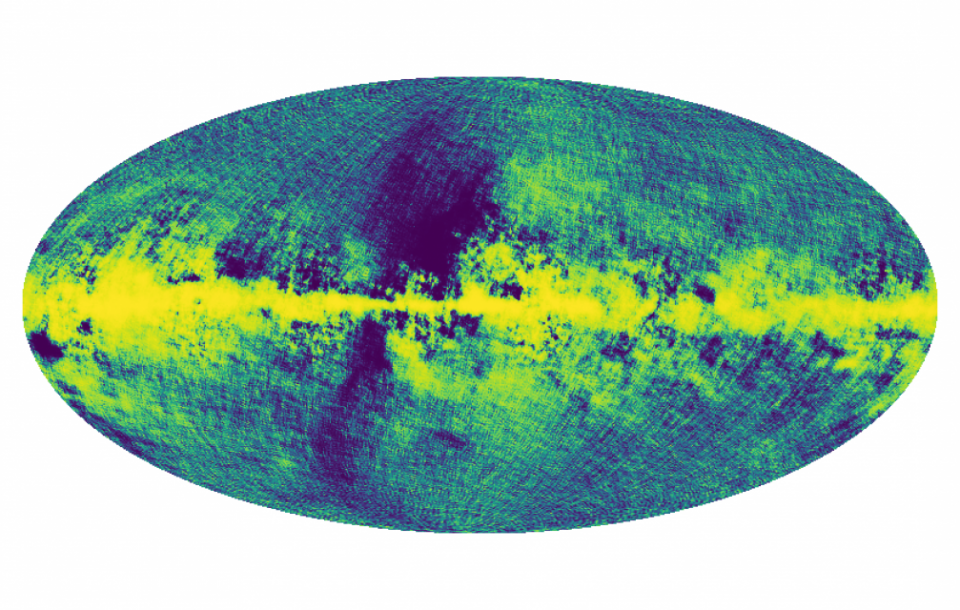Denys Wilkinson Building, Department of Physics, University of Oxford, Keble Road, Oxford OX1 3RH
Enrique Gaztañaga (ICE,CSIC) [online]
Abstract:
Aristotle proposed that Aether, a divine substance, moved the heavenly spheres of stars and planets. It took two millennia to discovered that such Aether was just the universal law of Gravity. Yet, according to the current lore, cosmic expansion can not be explained by Gravity. The standard model of cosmology assumes that everything started in a singular Big Bang out of Cosmic Inflation, a mysterious form of modern Aether. But there is no direct evidence that this ever occurred. Measurements of cosmic acceleration also seem to requiere a cosmological constant (Λ), yet another form of such Aether. We will argue instead that these are just indications that our Universe has a finite mass. If this is the case, we live inside a large local Black Hole (BH) Universe (BHU) whose event horizon plays the role of Λ. This BHU has the same metric as the standard cosmology (ΛCDM) . A comoving observer, anywhere inside such BHU, measures the same background as an observer in the standard ΛCDM. This solution to the Λ conundrum opens new questions about the origen of expansion and structure and could also help us understand other recent puzzling observations.

